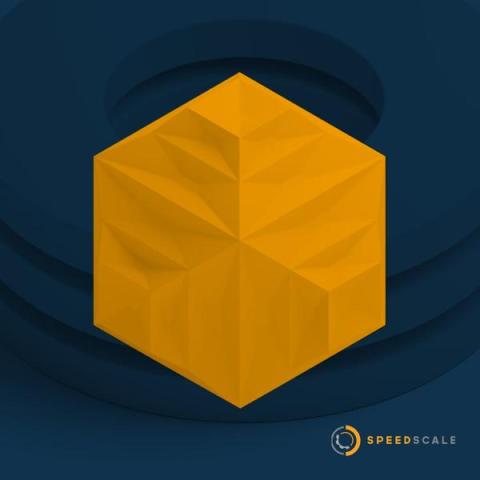Grok Parser in Go: A Detailed Guide for Log Parsing
Logs play a vital role in understanding how applications and systems perform, but unstructured log data can be hard to analyse. The Grok parser helps by converting raw logs into structured, readable formats. It is widely used for extracting information such as timestamps, error codes, and IP addresses from logs, making them easier to analyse and query.











